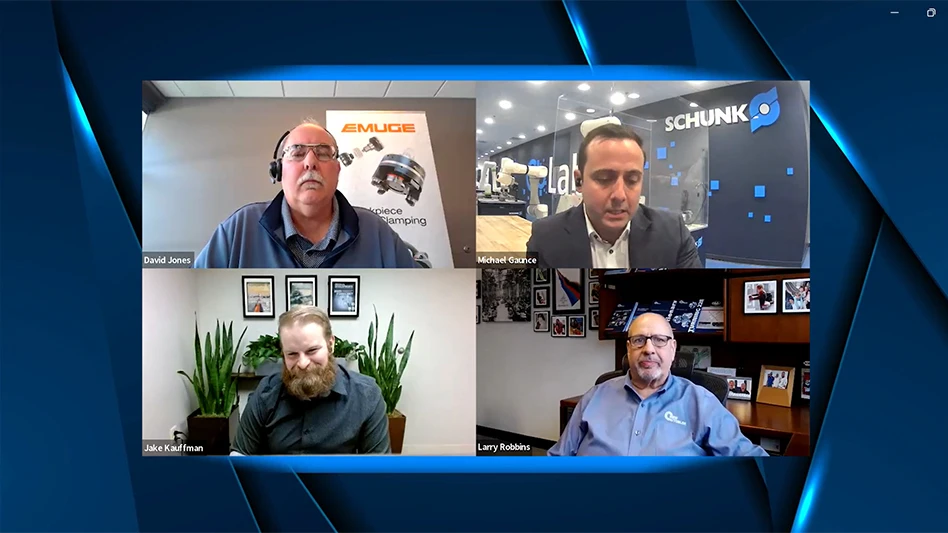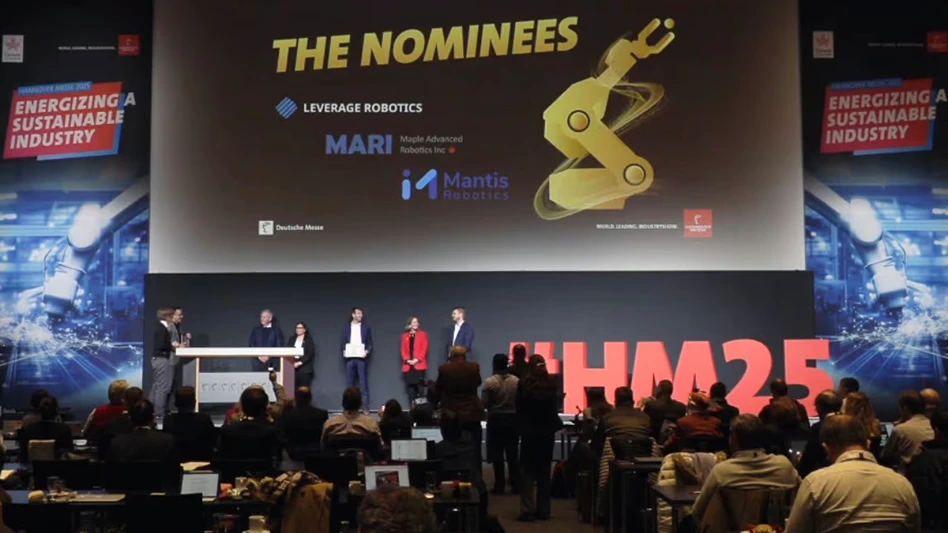
Following layer-by-layer, metallic, ceramic, or other powder fusion using laser additive manufacturing (LAM), cooling rates are extremely rapid. Since they are unlike conventional processes, optimal conditions are not yet known to obtain the best properties, delaying uptake of LAM in safety-critical products, such as biomedical devices. Researchers needed a method to see inside the LAM process to better understand and optimize laser-matter interaction and powder consolidation.
A team of researchers working with scientists at I12, the Joint Engineering Environment Processing (JEEP) beamline at the U.K.’s Diamond Light Source Research Complex at Harwell, built a LAM machine that allows users to see into the heart of the process.
Professor Peter Lee from The University of Manchester, who leads the project explains, “The LAM process is very fast, taking place in milliseconds, and to investigate we need microsecond resolution, which can only be achieved with the brilliance of a synchrotron [such as the Diamond facility]. It allows us to follow the process from powder, through melting, and then solidification back into the final solid shape.”

The LAM process replicator (LAMPR) allows imaging and quantifying formation of the melt track as the layers are printed. Designed to fit on the beamline and mimick a commercial LAM system, windows are transparent to X-rays to see into the heart of the LAM process as it happens.
X-ray radiography with high temporal and spatial resolution uncovers key mechanisms of laser-matter interaction and powder consolidation during LAM, including the formation and evolution of melt tracks, spatter patterns, the denuded zone (a powder-free zone), and porosity in the deposited layers. The time-resolved quantification of the pore and spatter movements gave crucial information on flow velocities and direction.
The results clarify aspects of the physics underlying LAM. The previous hypothesis was that the formation of surface porosity on finished objects was due to incomplete melting or insufficient liquid feeding. However, this research reveals that it’s formed via a pore-bursting mechanism. Pores near the surface escape into the atmosphere, leaving behind a surface depression.
Results reveal that the continuous track of melted material often occurs via pre-melting ahead of the main track, driven by surface tension (Marangoni flow), before merging into the main track. Metal vapor and heating of inert gas is a potential source of defects, forming a plume which ejects powder and molten droplets away from the main track.
The LAMPR allowed the team to create a process map illustrating how to tune the LAM process to produce a quality product with minimal trial and error. Unlike a traditional process map, synchrotron imaging produces a mechanism map, which reveals the fundamental physics limiting the process window. This enables the alloy, conditions, or process to be altered to overcome the restrictions and obtain a more efficient processing environment.
Diamond Light Source
www.diamond.ac.uk
Research Complex at Harwell
www.rc-harwell.ac.uk

Explore the July 2018 Issue
Check out more from this issue and find your next story to read.
Latest from Today's Medical Developments
- The role of robotics in precision medical device manufacturing
- Swiss Steel Group’s UGIMA-X machinable stainless-steel sets
- #51 - Manufacturing Matters - The Impact of M&A in MedTech 2024
- Visual Components: 25 years of simulation and programming software innovation
- Zimmer Biomet announces definitive agreement to Acquire Paragon 28
- Discover an innovative technology for EMI/ESD/TVS suppression
- Teleflex to acquire BIOTRONIK’s Vascular Intervention business
- Innovation at Global Industrie 2025





